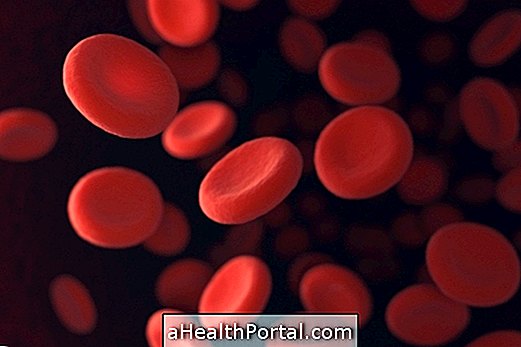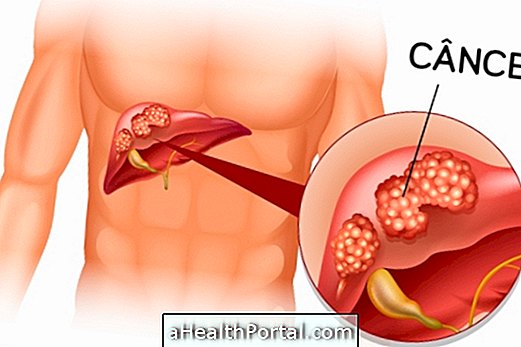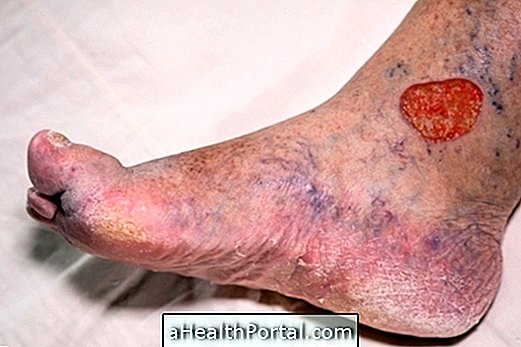Ovarian endometriosis, also called endometrioma, is due to the presence of endometrial tissue, endometrial glands or stroma, tissues that should only be inside the uterus, also covering the ovary. The doctor may find that the woman has endometriosis in the ovary through transvaginal ultrasonography, which mainly detects a cyst in the ovary more than 2 cm full of dark liquid.
When the woman has endometriosis in the ovary she also has endometriosis in the intestine, being considered deep endometriosis, since the tissue has spread through several areas. There are virtually no cases of endometrioma alone, as there are always other sites affected.

Endometrioma disrupts pregnancy
The endometrioma impairs the ovary, decreasing the quantity and also the quality of eggs that the woman has. Thus, the chances of getting pregnant with endometrioma are reduced every month, and the doctor may indicate surgery to remove this tissue, but the surgery itself may interfere negatively in the ovary, impairing the woman's fertility.
Thus, the doctor may recommend that the woman initiate attempts to conceive as soon as possible, or may indicate the egg-freezing technique, so that in the future the woman can decide whether to perform artificial insemination at a more opportune time.
Symptoms of endometriosis in ovary
There is suspicion of endometriosis in the ovary when the woman presents:
- Difficulty becoming pregnant, even after 6 months to 1 year of attempts;
- Very severe cramping during menstruation;
- Blood in stool, especially during menstruation;
- Pain during intimate contact.
The diagnosis is made by the gynecologist based on the examination of vaginal touch and with examinations such as transvaginal ultrasound with bowel emptying previously, or through magnetic resonance imaging. These tests will evidence the affected sites, which determines the treatment.
Treatment for endometriosis in the ovary
Treatment will depend on the extent of the disease, in cases where the tissue is less than 3 cm the use of medications may be effective, reducing the symptoms, but in more severe cases, with a cyst of more than 4 cm is indicated the surgery by laparoscopy to make a scraping of the endometrial tissue or even the removal of the ovaries. Thus, the choice of treatment varies greatly according to the woman's age, the symptoms she presents and her desire to have children.
Endometrioma does not go away on its own, nor with the use of the contraceptive pill, but these can decrease the risk of developing a new endometrioma after its removal through surgery.
Can endometrioma turn cancer?
Rarely can an endometrioma become cancer, although it can happen, the number of women affected is greatly reduced. Also it is not any endometrioma that can turn cancer, only the atypical endometrioma, that can be related in the development of endometrioide cancer or cancer of clear cells. Thus, more than 95% of women with endometrioma will not have cancer.





















